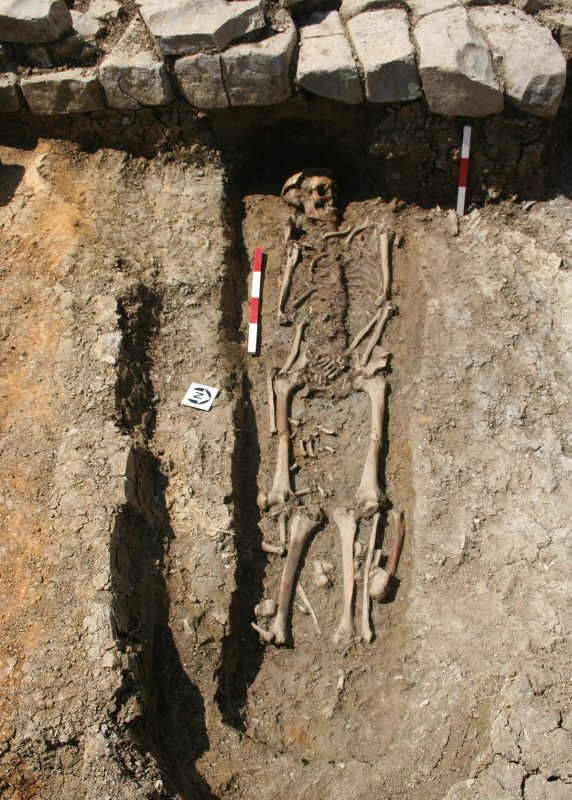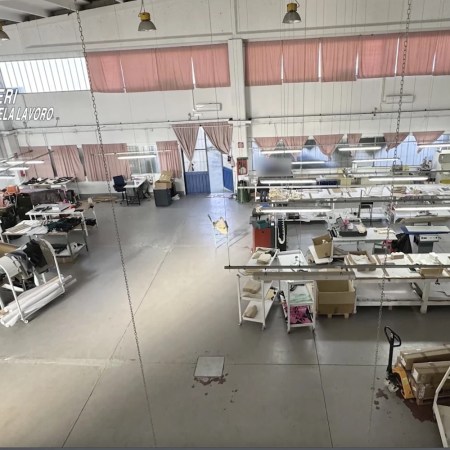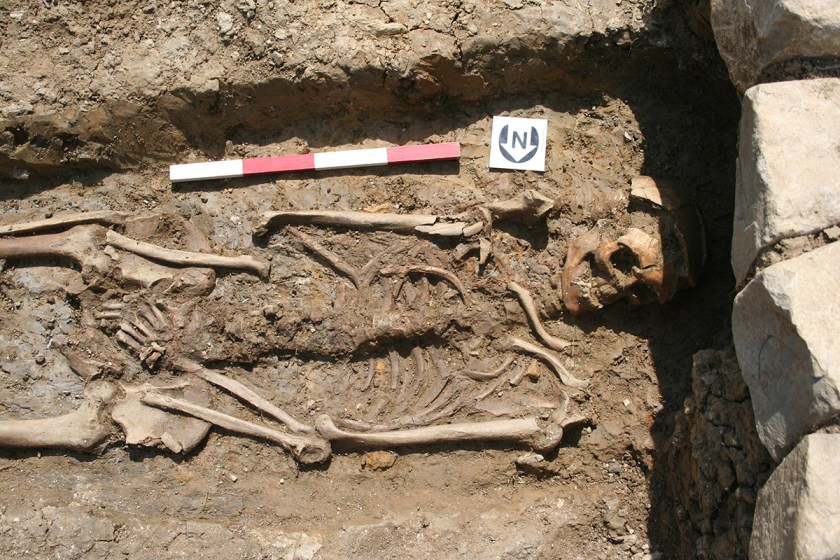
The medieval Beckery chapel, just outside of Glastonbury, England, was so revered that it became a major destination for Medieval writers.
Now an army of invading archaeologists are visiting its ruins, having uncovered (and carbon-dated) the earliest remains of monks at the site, whose skeletons date back to the 5th and 6th centuries AD.
First excavated in the 1880s and again in the 1960s, the site was re-investigated late last year as part of a community project that had $2.2 million of grant money behind it. In the ’60s, a grave site that included 47 adult males was discovered, tipping archaeologists off that it was likely a monastery. Two juveniles and one female (possibly, two novices and a visiting nun) were also found, but the site was left undisturbed until 2016. This time around, seven sets of bones were removed and carbon-dated, leading to the conclusions about the time when the individuals lived.
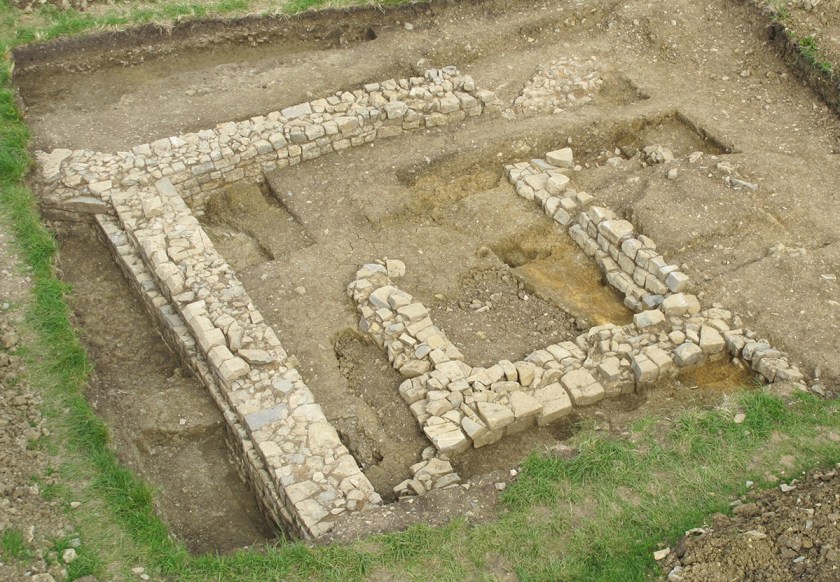
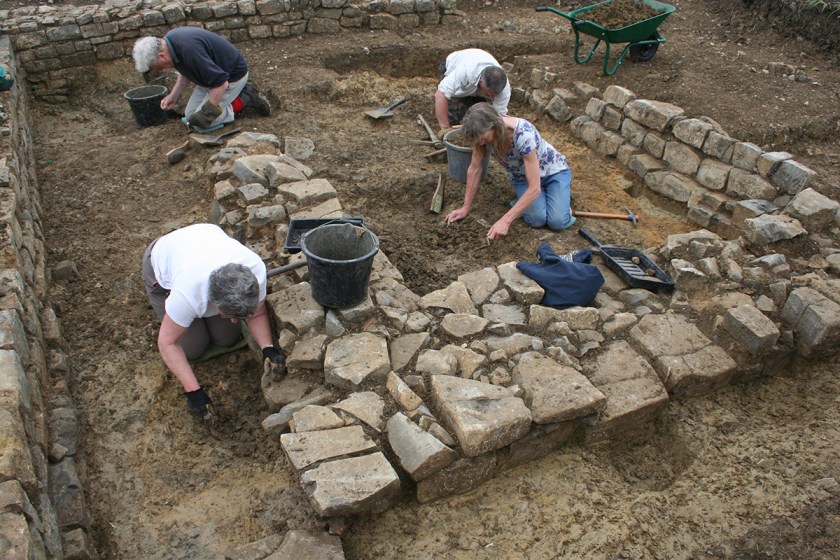
This marks the earliest archaeological evidence of monasticism in the United Kingdom, according to the South West Heritage Trust, which oversees the dig. Noted the trust’s site director Richard Brunning: “The ancient origins of the Beckery site may explain why later medieval writers linked it to figures such as King Arthur and Saint Brigit.”
Just southwest of Glastonbury, Beckery is a small island located in the Avalon Marshes, one of the largest lowland wetlands in England. (It is unclear whether this is the same “Avalon” where King Arthur was supposedly laid to rest.) According to the trust, islands such as this one were often chosen for the site of monasteries, as they offered their inhabitants a sense of isolation from the outside world.
This article was featured in the InsideHook newsletter. Sign up now.
